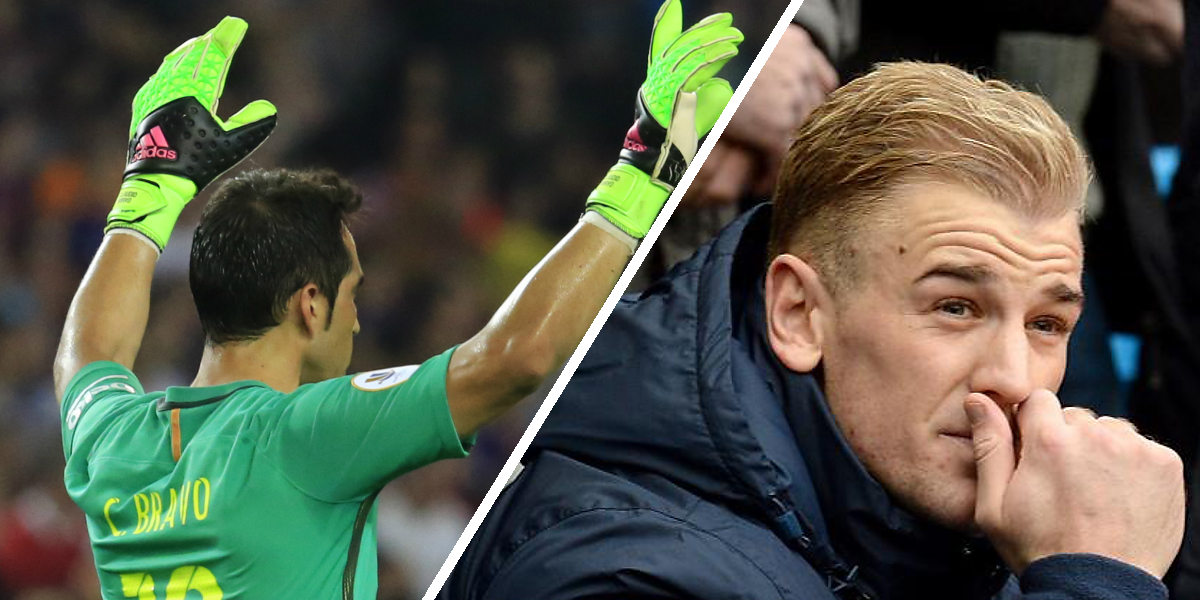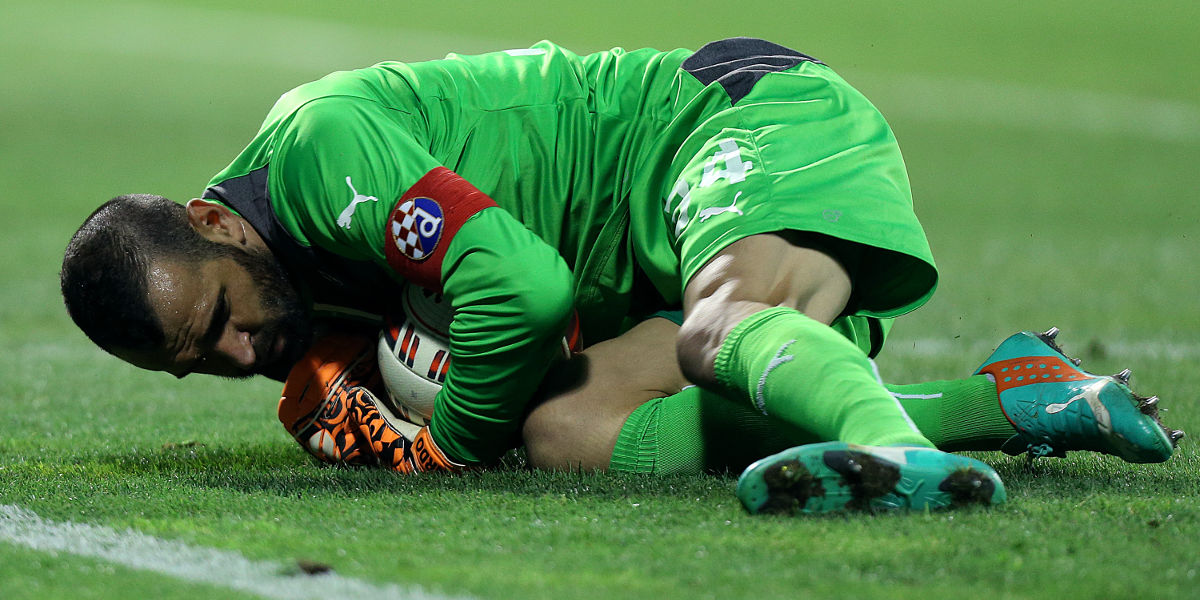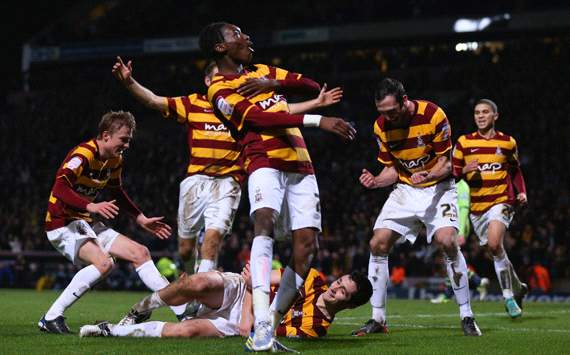By Ewan Roberts
Once an inconvenient competition in an already clogged calendar, 2012-13 marks the season that the Capital One Cup stepped out of the shadows of the more hallowed FA Cup and became not only a tournament worth watching, but, crucially, a trophy worth winning.
For so long the League Cup had been derided as a mere nuisance, little more than an opportunity to rest first team players and field a mix of promising youngsters and back-up players in need of game time, a glorified reserves cup. But not anymore.
When Swansea take to the field at Wembley on Sunday, they will likely start just four of the XI who lined up in their previous Premier League fixture against Liverpool. Not so long ago, it would have been unthinkable to imagine a club blowing off the league in favour of the Capital One Cup, even the final.
In any other season, the Swans would be making their League Cup final debut as the plucky underdogs, an eminently likeable side for neutrals to get behind. But not this year. This year, they face a side who have overcome even greater obstacles to make the impossible, possible.
League Two side Bradford City have made for utterly compelling viewing en route to Wembley, as extra-time victories, penalty shoot-out heroics and improbable goals saw them beat three Premier League teams, Wigan, Arsenal and Aston Villa (the latter, incredibly, over two legs).
That could be construed as a sign of the big teams still disrespecting the competition, yet eight of the Arsenal starting XI that played against the Bantams also started against Bayern Munich in the Champions League.
And the most magical part: Bradford actually have a chance of claiming victory. In this year of cupsets and fairy tales, nobody is writing Phil Parkinson’s side off – especially if the final goes to penalties, given that the Valley Parade outfit have won nine consecutive shoot-outs.
The rise to prominence of the Capital One Cup is based on a variety of factors. The timing of the early rounds of the tournament has seen far fewer clubs field weakened sides, with no relegation battles to prioritise or title races to focus on. In the FA Cup however, with Premier League sides introduced in January, the cup becomes less of a priority.
For the average football fan, the Capital One Cup has also managed to marry accessibility with affordability. At most clubs, League Cup matches are not included on season tickets (unlike the FA Cup), which has allowed far more people to attend matches and, because the tickets have gone on general sale, at a lower cost.
At Arsenal, for example, the FA Cup tie against Blackburn – which was included on the season ticket – saw swathes of empty seats at the Emirates, whereas the Capital One Cup third round tie against Coventry was almost sold out.
With just two games shown on television per round there has been genuine fervour to see matches live, which is enhanced further by the lack of (increasingly used) illegal internet streams available for the competition. If your team aren’t on TV, the only opportunity to watch them is to attend the match…or wait for a hastily edited, and often disappointingly brief, highlights package.
Contrastingly, during the FA Cup there is wall-to-wall coverage of matches, generally focussing on the same “big” teams – games involving Manchester United have always been chosen for live broadcast since ITV won the rights starting in 2009. On fifth round weekend, six games aired over three days, with three shown back-to-back during a bloated six-hour stint. The number of televised upsets? Zero.
In the Capital One Cup there has been a trickle of highly entertaining matches, in the FA Cup there has been stodgy overkill as matches are remorselessly shoved down the throats of TV audiences.
The entertainment factor in the League Cup has undoubtedly been heightened by the absence of replays. Teams take an all-or-nothing mentality, attacking with adventure and abandon, and it’s been a regular sight to see goalkeepers jostling in the opposition’s penalty box in the dying embers of the game.
That has led to goals, goals and more goals. Over two nights in November, two matches between Reading and Arsenal and Chelsea and Manchester United produced a staggering 21 (yes, twenty-one) goals – one every 12 minutes.
330 goals have been scored in the tournament in total, 3.59 goals per game – almost a goal a game more than the FA Cup since Premier League sides entered the competition in the third round.
Not having replays means the competition is less of a burden. In the FA Cup, teams and fans will often find themselves torn between searching for an equaliser and the knowledge that, should they score, they will have to endure another 90 minutes, plus extra-time and penalties if needed, in an already jam-packed schedule.
Additionally, the opportunity for upsets is increased. Bradford hung on after Thomas Vermaelen’s late equaliser, carried to victory by the home crowd. All Brentford got for drawing 2-2 at home with Chelsea in the FA Cup was a 4-0 hammering in the replay at Stamford Bridge, while Oldham’s last-gasp equaliser against Everton on Saturday will likely produce a similar result at Goodison Park.
On Sunday, the Capital One Cup has served up a fitting final that incorporates so many elements that have made this year’s tournament such fun: two underdogs, two fairy tales of differing proportions and the likelihood of lots more goals.
Whatever happens on Sunday, there will be two winners: the team that prospers at Wembley, and the fans, spectators and viewers that have enjoyed every second of this year’s Capital One Cup.























